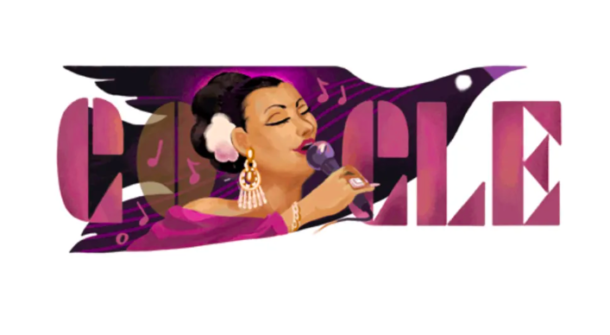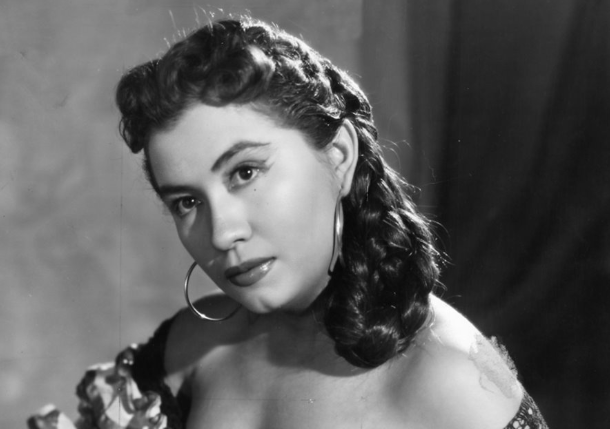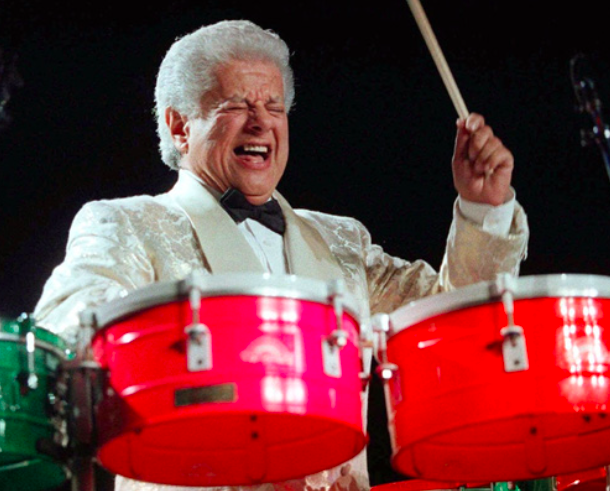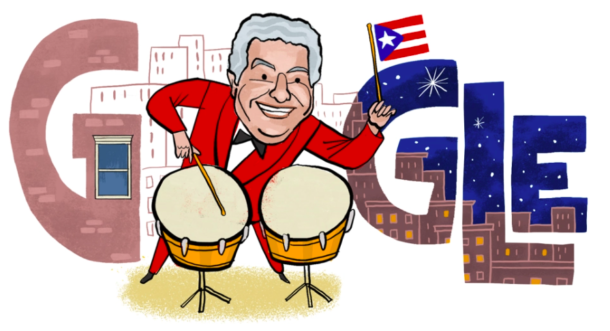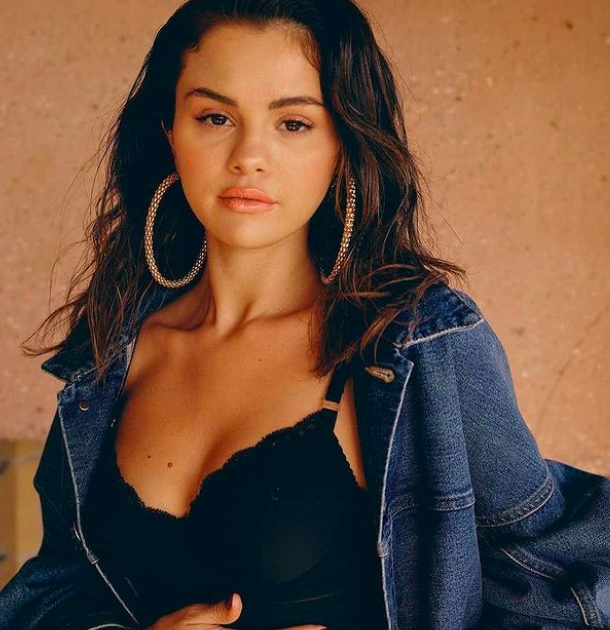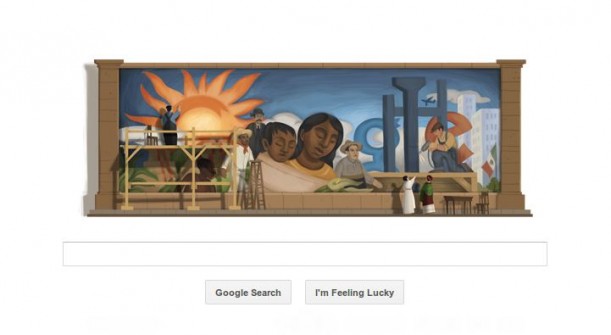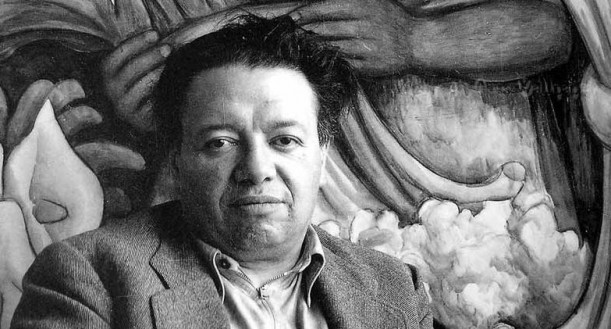Juan Gabriel’s legacy lives on(line)…
For the first time in its history, Google has dedicated its famous doodle to the late Mexican singer, songwriter and actor, one of the greatest figures of Mexican music, for his invaluable artistic legacy.
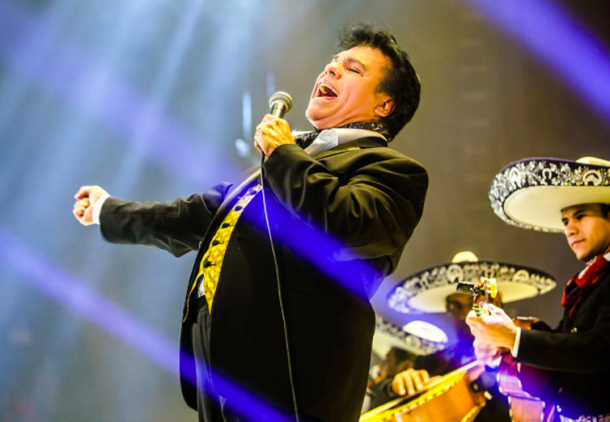 On Monday, July 15, the logo that appears on the search engine’s home page in Mexico honored the legendary composer and performer to remember that on this day in 1995, his song “El Palo” reached the top spot on Billboard‘s Hot Latin Songs chart.
On Monday, July 15, the logo that appears on the search engine’s home page in Mexico honored the legendary composer and performer to remember that on this day in 1995, his song “El Palo” reached the top spot on Billboard‘s Hot Latin Songs chart.
“Today, our Google Doodle honors a legend, Juan Gabriel, ‘El Divo de Juárez’. One of the most important singer-songwriters in Latin America. His songs and his entire legacy continue to live on in Mexico and the world,” wrote Google México on its X account.
According to information from Google Mexico, the doodle was created by Mexican illustrator Humberto Irigoyen, who spent four months working on it in order to gather many details about the artist’s life and work.
To the rhythm of his famous song “Noa, Noa”, Internet users can navigate the 2D illustration, which shows different stages and facets during a fruitful career spanning more than four decades, in which he became a true benchmark of Hispanic music in the world: from his youth on stage, his foray into television, his creative process when writing his songs, as well as his bright and colorful costumes that sealed part of his artistic personality.
The doodle also illustrates his historic 1990 performance at the Palacio de Bellas Artes, Mexico’s most important cultural venue, which was recorded and released as the live album Juan Gabriel en el Palacio de Bellas Artes. That recital made the artist the first Mexican popular music singer-songwriter to perform there with the Orquesta Sinfónica Nacional.
Juan Gabriel, known internationally for classics such as “Querida” and “Amor Eterno”, died on August 28, 2016 at his home in Santa Monica, California, of natural causes, in the middle of a concert tour. He was 66 years old.
“El Palo” was part of his album El México Que Se Nos Fue, which won the 1995 Premio Lo Nuestro award for best regional Mexican album.
Inducted into the Billboard Hall of Fame in 1996, Juan Gabriel built a legacy as a multifaceted artist over more than four decades, recording songs in genres as diverse as rancheras, baladas, pop and boleros, songwriting and producing other artists.
Among his many accomplishments, El Divo de Juárez sold more than 150 million records, composed more than 1,800 songs, released 34 studio albums, was nominated six times for a Grammy, won three posthumous Latin Grammys and more than 20 of his hits reached the top 10 on the Billboard charts, including seven No. 1s on the Hot Latin Songs chart. His song “Yo No Sé Qué Me Pasó” opened the first edition of that chart in 1986 at No. 1.
https://twitter.com/googlemexico/status/1812872250837574073?ref_src=twsrc%5Etfw%7Ctwcamp%5Etweetembed%7Ctwterm%5E1812872250837574073%7Ctwgr%5E795edab90a8c26584e5dfc884e8d0e0e4f2646fa%7Ctwcon%5Es1_&ref_url=https%3A%2F%2Fwww.billboard.com%2Fmusic%2Flatin%2Fgoogle-mexico-celebrates-juan-gabriel-with-doodle-1235731550%2F

